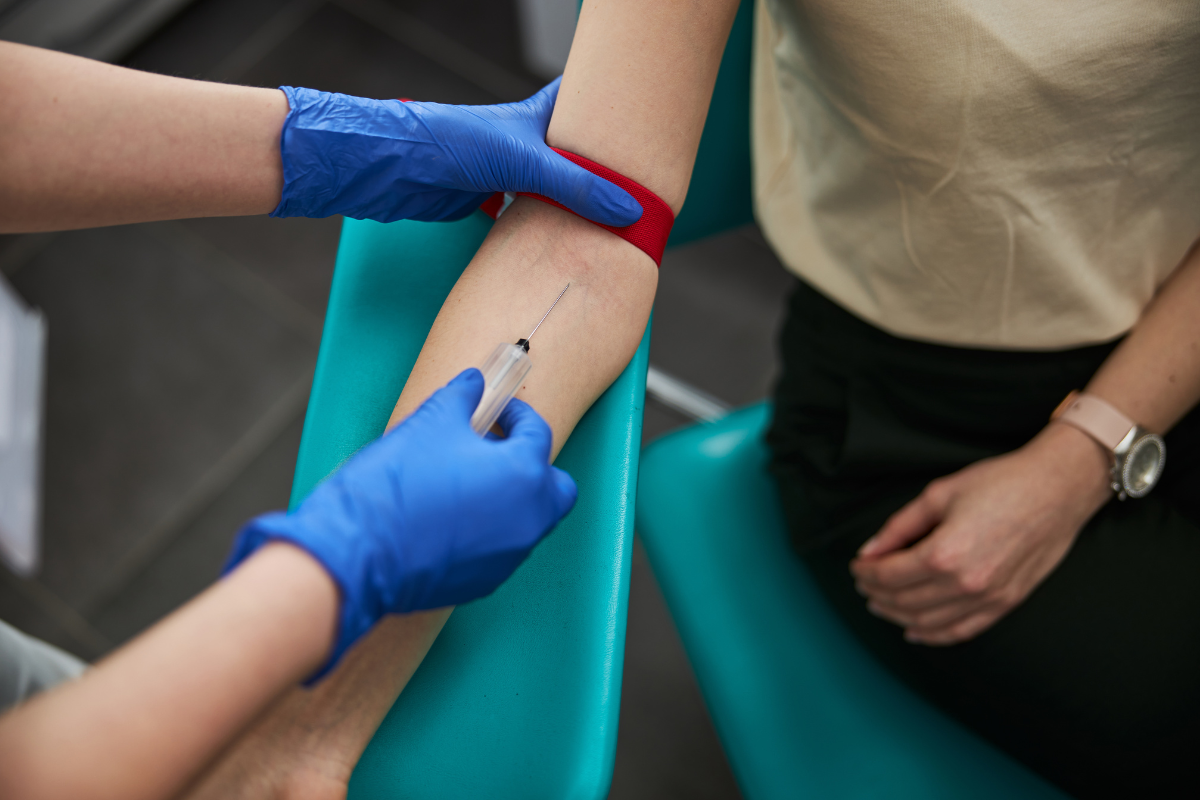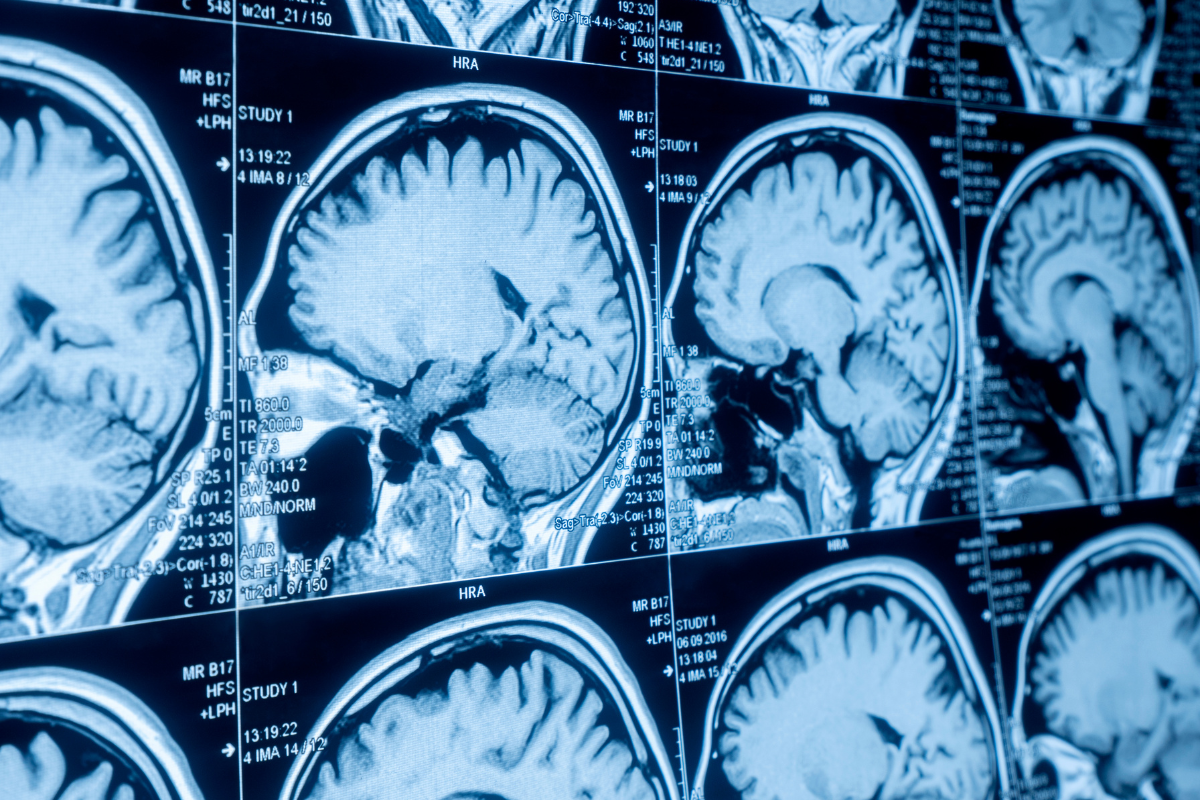Functional Cure Biomarker for Hepatitis B Virus

“The estimated global prevalence of hepatitis B virus (HBV) surface antigen (HBsAg) positivity is 3.9%, corresponding to an estimated 296 million people living with chronic HBV (CHB) infection,” reads a recent study published in Alimentary Pharmacology and Therapeutics.
The research study “investigated associations between hepatitis B virus (HBV) genome-length haplotype number (HN) at baseline in subjects with HBeAg-positive chronic hepatitis B (CHB), and the likelihood of achieving functional cure during direct-acting antiviral therapy.”
Conducted by researchers from numerous hospitals and universities, alongside the biopharmaceutical company, Gilead Sciences, the study found that patients with an HBV haplotype number of two or below are more likely to achieve a functional cure with CHB treatment.
- Treating the Untreatable: Unlocking Precision Medicine Biomarkers for NASH
- Overcoming Challenges of NASH in Clinical Development
- The Applicability of Clinical Biomarkers for NASH and Fibrosis
CHB is a potentially fatal liver disease that is caused by either HBV or CHB infection. Globally, it affects nearly 296 million people and can be associated with cirrhosis, liver cancer, and thus an increased risk of death. In 2015 alone, approximately 887,000 people died from CHB-related illnesses.
There is no current cure for the condition. Nevertheless, some antivirals can achieve a ‘functional cure’ in certain rare cases. This is when the removal of a hepatitis B surface antigen (HBsAg) from the blood is accomplished.
In the study, researchers investigated whether the haplotype number at baseline could be used as an appropriate biomarker for the prediction of a functional cure or the potential failure to reach functional treatment for antiviral therapy patients. They likewise looked into whether this would be genotype-specific.
The study found that patients with an HBV haplotype number of two or below are more likely to achieve a functional cure with CHB treatment.
For this HBeAg-positive baseline samples from 86 HBV genotype A and D patients were tested. The recruited patient population were those enrolled in a Phase II trial of tenofovir disoproxil fumarate (TDF), which examined the role of the haplotype number as an indicator of HBsAg loss during therapy. Findings were then validated using the baseline samples of 181 patients displaying the HBV genotypes A and D using TDF or tenofovir alafenamide therapy.
Results showed that the haplotype number “was statistically higher in patients with HBV genotypes B or C infection compared to genotypes A and D.” It was therefore concluded that these patients would “more likely progress to functional cure on current direct-acting antiviral therapy, with greater accuracy than current biomarkers including baseline HBsAg and HBeAg titre.”
Wagner, J, Yuen, L, Littlejohn, M, Sozzi, V, Jackson, K, Martin, R, et al. Hepatitis B virus haplotype number at baseline is a predictive marker of functional cure during antiviral therapy for patients with genotypes A and D HBeAg-positive chronic hepatitis B. Aliment Pharmacol Ther. 2022; 00: 1– 15. https://doi.org/10.1111/apt.17299
Want to stay up to date with the latest Biomarker news? Register now for Oxford Global’s flagship event, Biomarkers UK. This is a must-attend forum covering the latest trends transforming biomarker and translational research.
Get your weekly dose of industry news here and keep up to date with the latest ‘Industry Spotlight’ posts. For other Biomarkers content, please visit the Biomarkers Content Portal.





